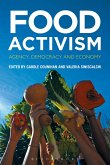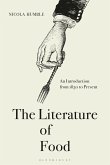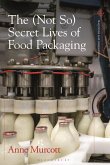The Food and Folklore Reader is the first comprehensive introduction to folklore methods and concepts relevant to food. Mapping the study of food through key sources in folkloristics, the forty readings span the entire discipline: from seminal works on identity and aesthetics, to innovative scholarship on contemporary food issues such as food security and culinary tourism. The book also features: - Expert commentary and comprehensive introductions to each of the book's five parts by renowned folklorist and food scholar Lucy M. Long - Global coverage, with examples from the United States, Canada, Australia, Europe, Jewish and Filipino culture, and much more - Questions for discussion and suggestions for further reading - supporting learning and encouraging students to explore these ideas in their own work Definitive in scale and scope, this book defines the field of food and folklore for a new generation of students. An essential resource for all students in food studies, folklore studies, cultural studies, and anthropology.








